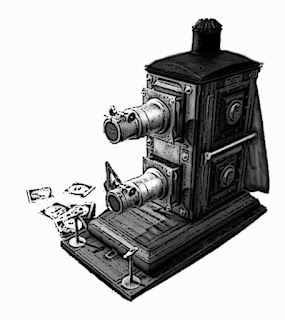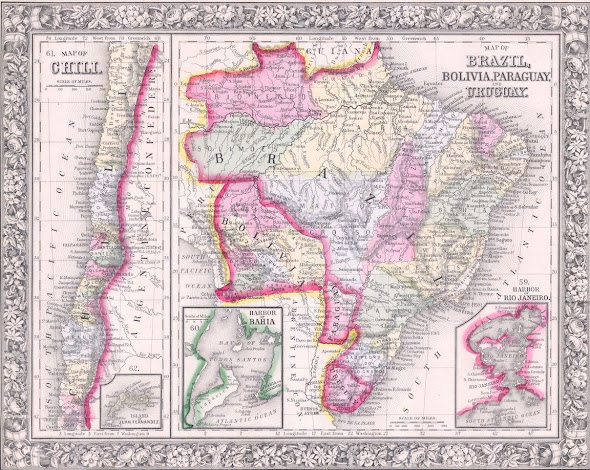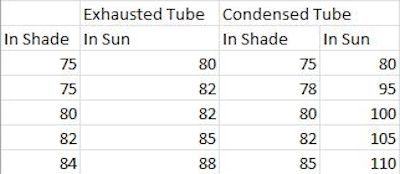Magic Lantern & Moving Pictures
Magic Lanterns--Without Aladdin or Three Wishes
March 17, 1854 Daily
Evening Washington Star
MAGIC LANTERN FOR SALE—A rare chance, by which any enterprising young man may make from thirty to one hundred dollars a night. We have on hand for sale, a superior second hand Magic Lantern, containing from 150 to 200 religious and other French Paintings. Also, a splendid chromotope, which will be sold a great bargain in if applied this week.
DOWNS &
HUTCHINSON
Penn.
Avenue, between 4 ½ and 6th streets
A standard magic lantern. The slides are hand painted onto a thin rectangular glass plate and then slipped between two clear glass plates to protect the painting from scratches. The plates were then set into a thin wood holder with a little brass handle on one end. The slide would be fitted into the holder behind the focusing lens.
In the box behind the slide was a light source--a candle, or alcohol lamp or lime light. A hole on the top and the two "doors on each side could be opened to let out the heat.The lens could be moved back and forth to focus the image.
The rear view shows a small lime light burner which could be moved back and forth towards or away from the slide to increase brightness.
looking down through the top chimney you can see the track on which the light could be moved back and forth
Magic lanterns, or what we would call projectors, or slide projectors, date back to about 1650.
Early projectors had slides painted on glass and inserted upside down into the front of a box (so the image would be right side up) with a light source behind the image. A lens set in front of the image could be moved back and forth to bring the image in focus. Candles are a weak light source though. Images were faint and could not be projected very far.
Alcohol lamps burned brighter.
Then, in the 1840s, the use of "lime light" brought about a dramatic jump in bright light. Calcium oxide--lime, such as used in making cement--gives off very bright light when heated by an oxyhydrogen flame. Finally, magic lanterns were able to clearly project an image far enough it could be used in a lecture hall or large room to accompany a talk. Then, some geniuses figured out several simple ways to animate the images, creating an effect similar to an early computer GIF image with simple jerky movements.
Moreover, these were color images, which people generally only saw in paintings. Crossfades and overlays could be created using a machine with several lenses showing several slides at one time, such as the "bi-unial" model depicted at the top of this blog entry.
The "chromotope" mentioned in the ad above was a sort of constantly changing kaleidoscope that could be projected onto the screen or wall. Two circular slides with differing abstract designs painted on the them could be inserted into the magic lantern, one in front of the other. Each circular slide could be made to twirl by means of a little pulley and crank attached to the back of the slide. With light shining through the slides as they twirled a sort of psychedelic animation was projected.
The kaleidoscope had become popular in the 1820s, so the chromotope was viewed as a sort of updated version in which everybody could see the same design at the same time.
The two circular slides could be set to turning using the crank on one side which moved both pulleys on the back of the slide.
The effect could be hypnotic. Probably, the chief attraction of the chromotope was the sort of stoned hypnosis feeling watching it for a time could induce.
Stereoscopes were popular. A camera with lenses set as far apart as the average human eyes were used to take pictures of a scene from slightly different angles. The two photos would be pasted onto a long piece of cardboard. The viewer held a sort of mask with two lenses in it. The lenses focused onto the point between the two photos and the image would thus appear to be three dimensional.












Comments
Post a Comment